
Benign hypermobility joint syndrome or, shortly, BHJS is a condition which bothers many people around the world, keeping them up at night, causing them pain during the day and aching them after exercising. The “benign” comes from the fact that there are no underlying conditions behind this syndrome, affecting any other organs. Rather, only joints are affected.Manifestations of BHJS
Children and young people who suffer from this condition are likely to have their joints swell during the afternoon or after spending some time exercising. Also, the problematic symptoms are bound to get worse at night, especially concerning the lower extremities.
Interestingly, swelling does not take place often and redness and heat hardly ever appear. In fact, even when swelling takes place, it decreases and vanishes in a matter of hours.Risk Groups Regarding BHJS
BHJS is present in many ages, ethnic groups and affects both sexes. However, all these factors influence the frequency of this condition. Namely, girls are more commonly affected than boys, while children tend to complain about the pain and discomfort more. As the children grow older, they connect the physical activity with the pain and understand how the whole phenomenon works, coping better with the pain.
Asian-Americans are the risk group while African-Americans suffer from this condition the least. Family history of this condition is usually connected with children showing the same symptoms. Yet, we are still to understand why and how this phenomenon appears in the first place and why it shows symptoms with some children, failing to do so with the other.Diagnosis of BHJS
Naturally, in order to diagnose this condition in a child, the doctor needs to involve him/her in physical exercise, observing the joints and paying attention to the symptoms. If the joints are more loose than normal, the child is diagnosed with BHJS.
Excessive looseness of the joint is characterized by the capability of moving the thumb so far that it can touch the forearm, extending the little fingers beyond 90 degrees to the back, having your knees bowed back during standing and your arms bending excessively when you keep them straight and being capable of bending the hips so that you can touch the floor with your palms. All these factors are signs of BHJS.
Treatment for BHJS
Since this condition can lead to joint injury, it is important to exercise often, but carefully, allowing your body and joints to get stronger and more compact, maintaining a healthy weight. Also, you should avoid sitting in an Indian style, and should bend your knees a bit while standing up. Finally, do not crack your fingers or other body parts, wear comfortable, arch-supporting shoes and avoid performing unnatural motions you are capable of.
Painkillers and/or anti-inflammatory drugs can help you ease the pain.



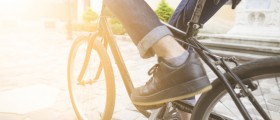
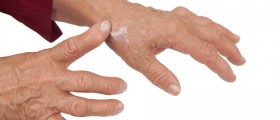

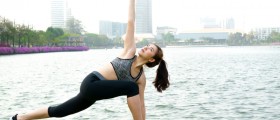
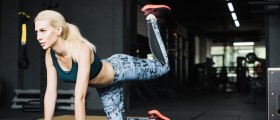
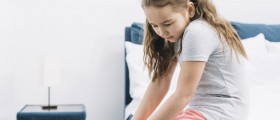

-Symptoms,-Diagnosis,-Treatment_f_280x120.jpg)
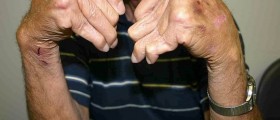

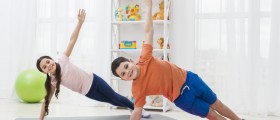

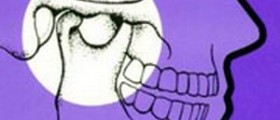

Your thoughts on this
Loading...